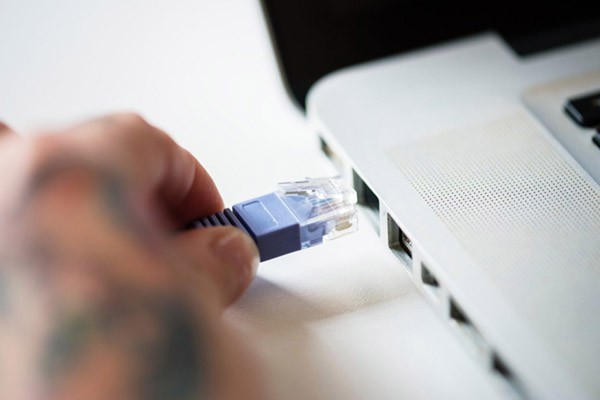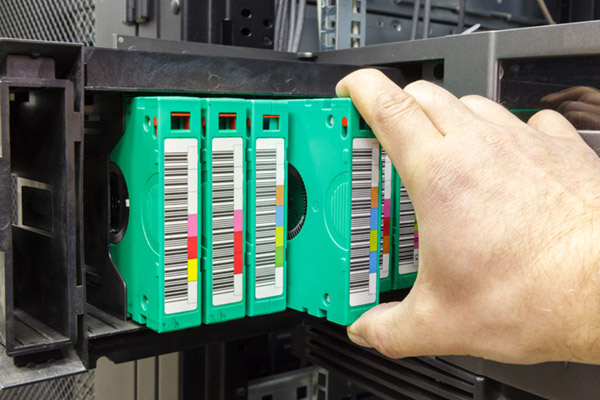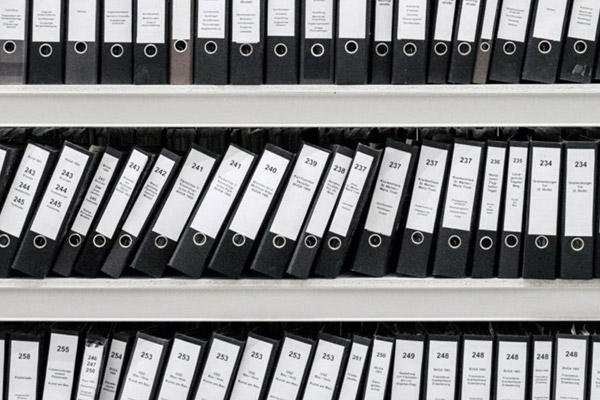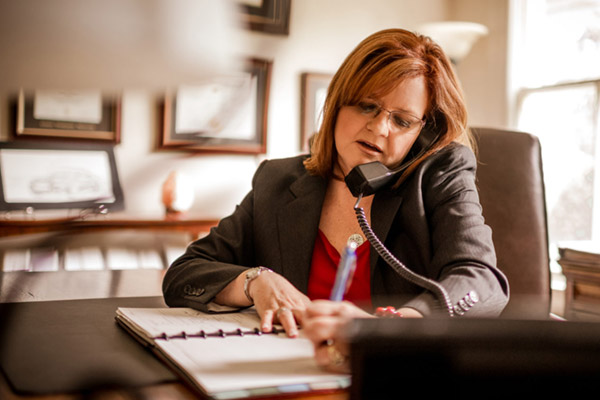9. Consult with a forensic accountant
We know that incurring more expense when you've suffered losses can be hard to accept. However, consider consulting with a trained forensic accountant. A forensic accountant has specialized training in investigating fraud schemes, collecting evidence, conducting interviews, and putting your case together. Working with the right forensic accountant means that you continue running your organization, while you leave the investigation of this situation in the hands of an independent professional.
Do you have limited funds? That's okay! Find a forensic accountant who is willing to use some of your personnel resources to put a case together, coming in at the end to verify the work, write the report and help you navigate the process of reporting the case to your insurance company or local law enforcement. We once worked a large fraudulent disbursement scheme that required the review of thousands of cancelled checks. Once we understood the potential patterns, the client hired a temporary employee at the fraction of our professional rates. We showed that person how to identify the pertinent checks, list them in a spreadsheet, and copy the fraudulent checks for the evidence binder. Once that work was completed, we came in and reviewed the checks and the spreadsheet, conducted interviews, and wrote the report.
In a cash skimming case involving many years and daily analysis of incoming sales to deposits, we worked with the client's wife and former controller to identify the documents necessary to prove that cash sales had never been deposited. In this case, they worked for several weeks copying the necessary documents and summarizing the data in a spreadsheet. We reviewed their work, created a marked evidence binder, and wrote a report that resulted in the suspect's arrest within a few days. The work of our client's wife and former controller saved them tens of thousands of dollars in professional fees and provided them the desired end result: the criminal prosecution of the suspect for losses nearing $500,000.
There is no substitute for consulting with trained professionals in a time of need. And great professionals will work within your time and budget constraints to help you gain clarity in making appropriate decisions.
Watch the Video


 FRAUD
FRAUD









